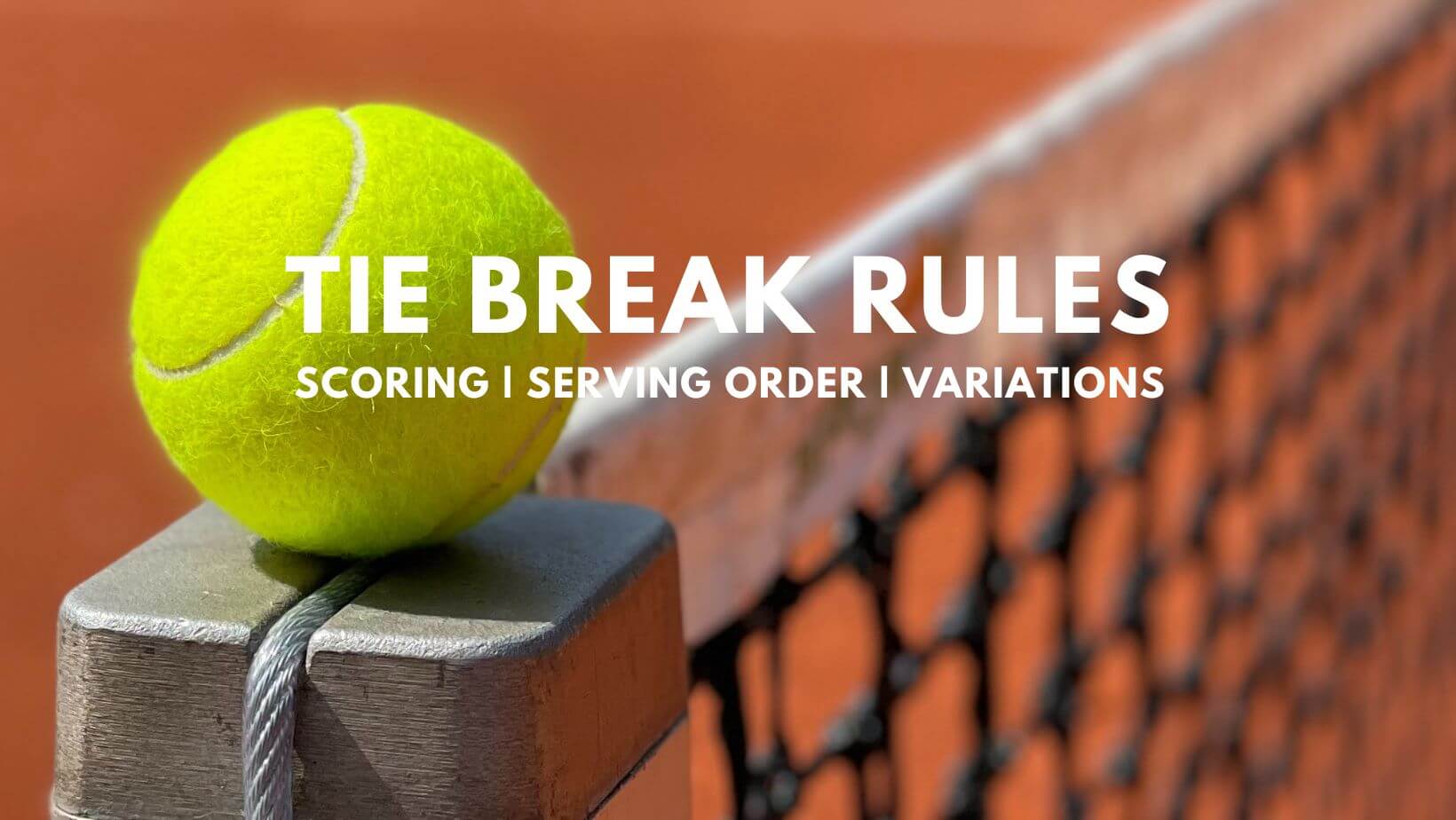Tiebreak Scoring System: Tennis Tiebreak Rules
Tennis tiebreak rules – A tiebreak, also known as a tie-breaker or sudden-death, is a method of breaking a tie in tennis when the score reaches 6-6 in a set. It is played as a short game with a unique scoring system, separate from the regular game scoring.
In tennis, a tiebreak is a way to decide a set that is tied at 6-6. The player who wins the tiebreak wins the set. Tiebreaks are played using a different set of rules than the rest of the match.
In a tiebreak, each player serves two points in a row, starting with the player who served first in the set. The first player to reach seven points wins the tiebreak. If the score reaches 6-6, the player who is ahead by two points wins the tiebreak.
Tennis tiebreaks are a thrilling way to decide a close set, and they can often be the difference between winning and losing a match. Carlos Alcaraz is one of the most promising young players in tennis today, and he has already won several Grand Slams.
Alcaraz is known for his aggressive playing style and his ability to win tiebreaks. He is sure to be a contender for many more Grand Slams in the years to come.
The tiebreak scoring system is based on points, rather than games. Each point won is worth one point, and the first player or team to reach seven points with a margin of two points wins the tiebreak and the set.
Tennis tiebreaks are often thrilling, with players pushing themselves to the limit. One player who has excelled in tiebreaks is Mayar Sherif. Her ability to stay focused and execute under pressure has been key to her success in these crucial moments.
Tiebreaks require a combination of skill, strategy, and mental fortitude, and Sherif has consistently demonstrated all three.
Points in a Tiebreak, Tennis tiebreak rules
- The first point is called the “mini-break” and is worth one point.
- The second point is worth two points.
- The third point is worth three points, and so on.
- The player who wins the tiebreak wins the set.
Examples of Tiebreak Scores
- 7-0: The player won the tiebreak without losing a point.
- 7-1: The player won the tiebreak by a score of 7 points to 1.
- 7-6: The player won the tiebreak by a score of 7 points to 6, with a margin of two points.
- 10-8: The player won the tiebreak by a score of 10 points to 8, with a margin of two points.
Rules for Deciding the Winner

In a tennis tiebreak, the player or team that first reaches seven points with a margin of at least two points is declared the winner.
If the score reaches 6-6, the tiebreak enters sudden death, where each point is crucial. The player who wins the next point wins the tiebreak and the set.
Implications of Winning or Losing a Tiebreak
Winning a tiebreak can be a significant advantage in a tennis match. It gives the player who wins the tiebreak a psychological boost and momentum going into the next set. Additionally, winning a tiebreak can help a player save energy and avoid playing a long, grueling set.
Losing a tiebreak can be disappointing, but it is important to remember that it is only one set. The player who loses the tiebreak should not let it affect their performance in the rest of the match.
Variations in Tiebreak Rules

Tiebreak rules can vary across different tennis tournaments and governing bodies. The most common variations include standard tiebreaks and extended tiebreaks.
Standard Tiebreaks
Standard tiebreaks are played to 7 points, with the player or team that first reaches 7 points with a margin of at least 2 points declared the winner. If the score reaches 6-6, the tiebreak continues until one player or team wins by two points.
Extended Tiebreaks
Extended tiebreaks are played to 10 points, with the player or team that first reaches 10 points with a margin of at least 2 points declared the winner. If the score reaches 9-9, the tiebreak continues until one player or team wins by two points.
Impact of Rule Variations on Gameplay
The variations in tiebreak rules can have a significant impact on gameplay. Standard tiebreaks tend to favor players with more aggressive and attacking styles, as they require fewer points to win. Extended tiebreaks, on the other hand, favor players with more consistent and defensive styles, as they provide more opportunities to recover from errors.